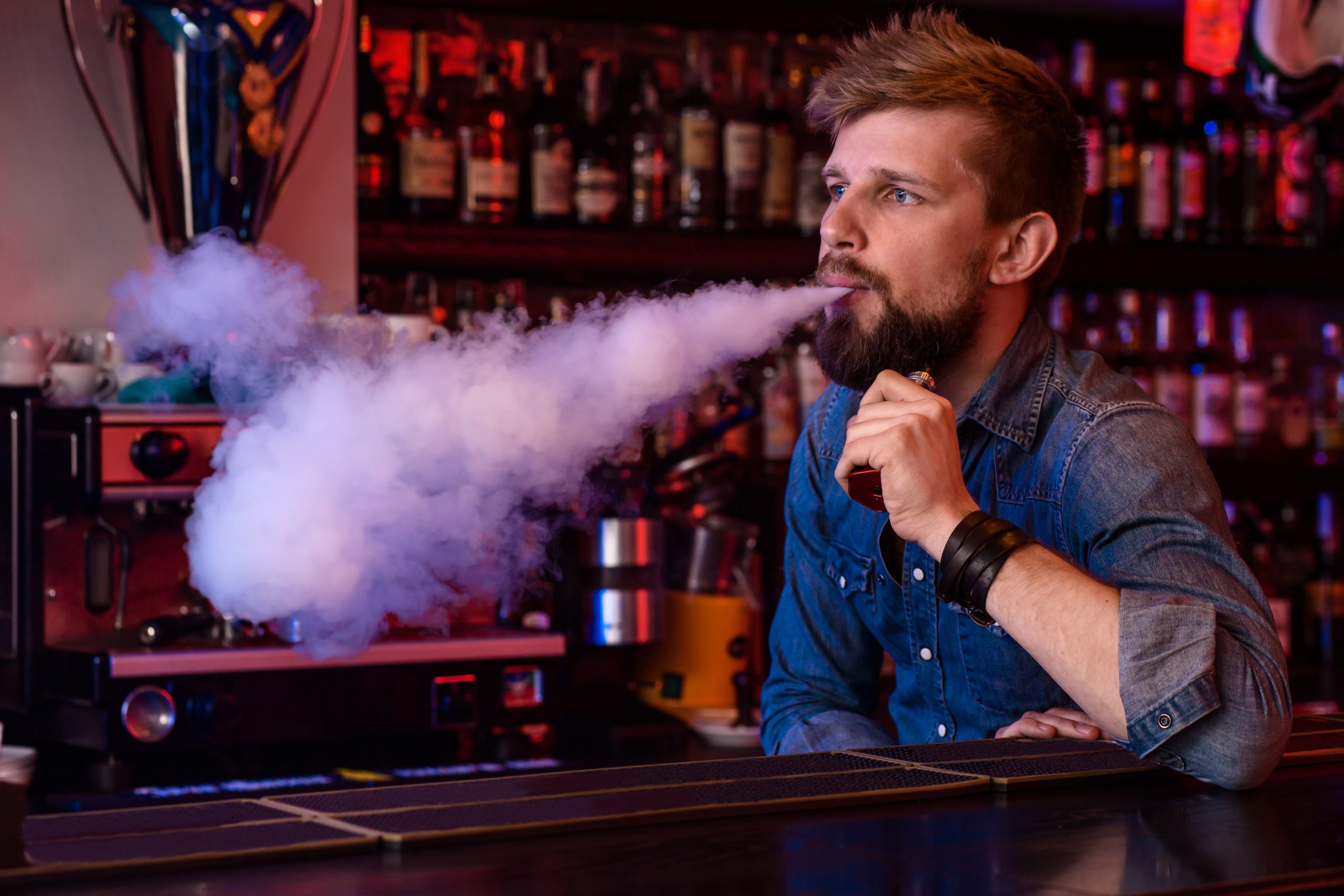Is “3‑Free” Really the Nail Polish Hallmark of Safety?
When nail polish makers started ditching the toxic trio of formaldehyde, toluene, and dibutyl phthalate, they bragged about a brand‑new “3‑free” label. Sound good, right? A quick dive into the real list of ingredients, however, turns that promise upside down.
What the Study Uncovered
Lead scientist Anna Young and her crew at Harvard’s T. H. Chan School of Public Health pulled 40 shades—everything from matte to shimmer—out of the room, tested the chemicals inside, and compared them to what the labels claimed.
- “3‑free” becomes a guesswork: 11 different “n‑free” labels (from “3‑free” to “13‑free”) were on the shelf.
- Every bottle had at least one plasticizer: 22 different types were measured; most had at least five.
- Higher‑free numbers meant less toxic: 5‑free to 13‑free products generally carried lower overall contaminant levels.
- TPHP was the new villain: 40 % of samples contained triphenyl phosphate, a flame‑retardant there‑already listed in many plastics.
- Unexpected double‑dose: 12 out of 27 products that didn’t label TPHP actually had it.
- DEHP was noticeably higher in the cleaner kits: As TPHP fell, the hormone‑disrupting pack—diethylhexyl phthalate—tended to rise.
None of the polishes contained dibutyl phthalate, which the EU banned back in 2004—a relief, but it’s not the full story.
Why The Labels Muddle the Truth
Gut reaction? It’s a chemical Whack‑a‑Mole. Every shade’s “n‑free” McDonald’s slogan simply offers another brand to interpret their own list. Currently, the FDA lets nail polish sellers put pretty packaging over their secrets: ingredient lists are mandatory, but no mandatory safety testing.
That means sometimes phthalates hide under “fragrance” labels to protect trade secrets. The result? Consumers and nail‑salon workers—who’re exposed to the same fumes—are left guessing which products are genuinely safer.
What You’ll Take Away
Here’s the bulk of the takeaway: “n‑free” isn’t a universal chemical passport.
- Regulatory gaps demand caution: Without clear testing standards, labels can be misleading.
- Every new “free” claim risk‑shifts the brand’s definition of safe ingredients.
- More research is needed: To really map how much exposure we accumulate, there must be a standardized approach.
• Heather Stapleton from Duke University says, “If the labels are unclear, their purpose is questionable. We need a better understanding of real exposure levels.”
In short, next time you pick a nail that promises “12‑free,” pause and ask: what’s really behind that list? Only the spotlight on the true ingredients will put the glaciers of uncertainty behind you.




